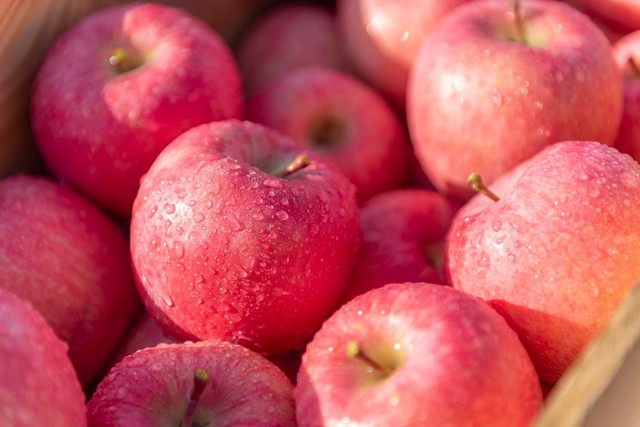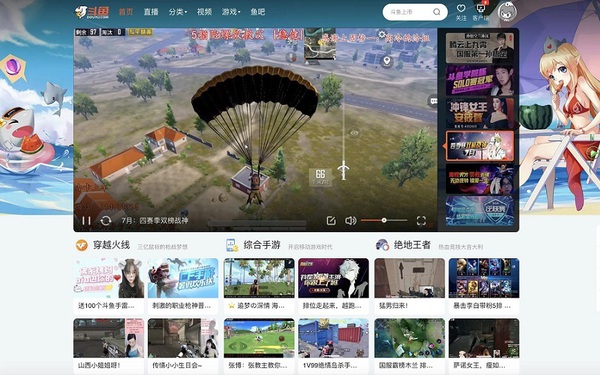From the story of “miracle apple” of Japan, see the great potential of Vietnam
The whole world has always admired the way the Japanese grow and sell special agricultural products at expensive prices, but always sell goods. But getting there isn’t really just a “rose-lined road”. A recent article on the Health Pure Simple site said that the way the Japanese grow and sell super expensive and super-profitable agricultural products is really a super valuable lesson.
And Vietnam can completely learn from the experience of the Japanese.
Lessons from Japan
Japan has no advantage in agriculture because of the lack of agricultural land. Until 2019, the country had only 1.3 million farming households and more than 65% of farmers were over 60 years old. However, on average, each year, each Japanese farmer exports agricultural products worth 40,000 USD (more than 900 million VND).
The Japanese not only apply digital technology to agricultural production, but they also know how to tell the story of their journey to create special fruits.
In the Vietnamese market, Japanese apples have been a popular commodity in recent years, although the price ranges from 1.5-2 million VND (70-90 USD)/kg. But in addition to the high price, consumers remember the story of farmer Kimura who spent 10 years trying to create the miracle apple variety for Japan.

Apples become the number one fruit that Japan exports to the world. Photo: Tokyo Weekender
The Iwaki region at that time grew apples, but farming techniques in Japan still depended heavily on pesticides. Kimura’s four apple orchards are also bearing fruit thanks to regular spraying of pesticides. Apples from the Iwaki region all have the same taste.
However, his wife’s health was not good and she became sensitive to pesticides. Because he loved his wife, he abandoned the old farming method. But without spraying pesticides, apple trees will not flower and bear fruit.
After years of trying different growing methods, Mr. Kimura realized that the problem was not the pests but the soil, relationship with nature, insects, surrounding animals and water resources.
After eight years of hard work with the new method, one of his more than 400 apple trees flowered and bore fruit in the fall. Two apples appeared like a miracle in the middle of a garden that had been dry and depleted for decades. Mr. Kimura called them two “miracle apples”.
The next season, apple blossoms bloom white all over the garden. He was no longer afraid of insect damage when the garden returned to its natural equilibrium. The methods he uses do not disturb the natural order because they are plant-safe probiotics.
A perfect process was born. In the spring, when the apple tree bloomed, he manually removed the odd flower clusters and left only a few of the most beautiful blooms for pollination. When the apple tree bears green fruit, continue to prune the fruit and leave only one fruit on each branch. At the end of autumn and early winter, apples begin to ripen red evenly, the bottom is big and round, meeting the harvest standards.
With this farming method, Mr. Kimura’s apples changed Japanese agriculture, especially apple farming.
The apples he planted can be kept for a long time without wilting, have a mild fragrance and beautiful colors. The “miracle” apples are hailed by politicians and celebrities and are served as dessert in posh restaurants in Tokyo, where you must reserve a table a year in advance to have a chance to enjoy them.
Apples have also become the number one fruit that Japan exports to the world and bring high income to farmers.
However, in Japan, there is not only the story of Mr. Kimura’s miracle apple, but also stories about the Ruby Roman grape, the peony, the black watermelon, the Yubari cantaloupe, or the “Eggs of the Sun” mango. God”…
Each fruit has its own flavor, a story associated with the land, people and strict cultivation and harvesting processes.
These stories are widely circulated to consumers. For this reason, every year in Japan fruit auctions are held. Some people are willing to spend tens of thousands of dollars to buy two mangoes, a pair of melons, or a bunch of grapes.
Vietnam’s “story” needs to be told more
Vietnam is a country with assets to develop agriculture with a large area of fruit trees. However, when Vietnam sells products to the world, it only has a large output, not a super profit. According to author Lori A. Abernethy, perhaps Vietnamese farmers have forgotten to tell the story of the culture, history and agricultural process of the land that produced the products.
With many years of experience in retailing and distributing Vietnamese fruits and vegetables, Mr. Paul Le – Vice Chairman of Central Retail Group of Thailand – said that the good thing about Vietnamese fruits and vegetables is that farmers are very active in growing delicious products. and safe.
However, they must build a “story” for each product of the land, how to cultivate and love for their products to gain the trust of consumers.
He said, Vietnam has a cultural tradition with more than 4,000 years of history, the land and climate are advantages for farmers to create the most delicious agricultural products in the world.
For example, lychee of Vietnam, he thinks that this is the most delicious fruit compared to similar products of other countries. Dragon fruit, mango, pomelo, durian will have many opportunities and be able to compete with the world’s products.
at Blogtuan.info – Source: cafebiz.vn – Read the original article here



